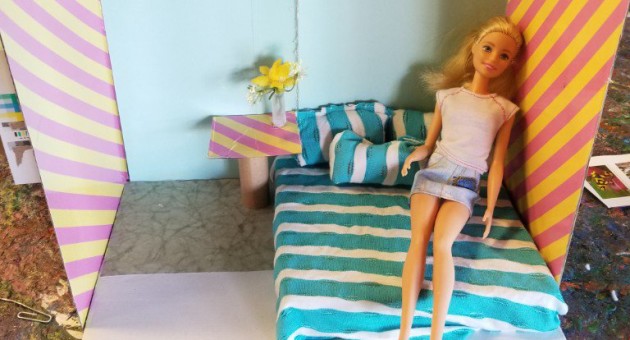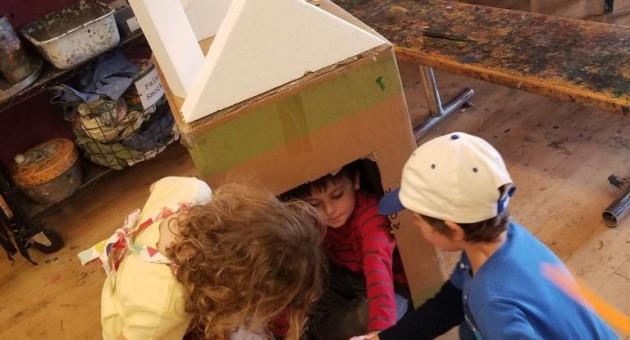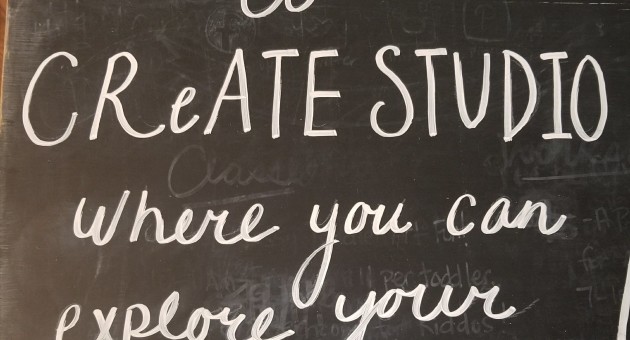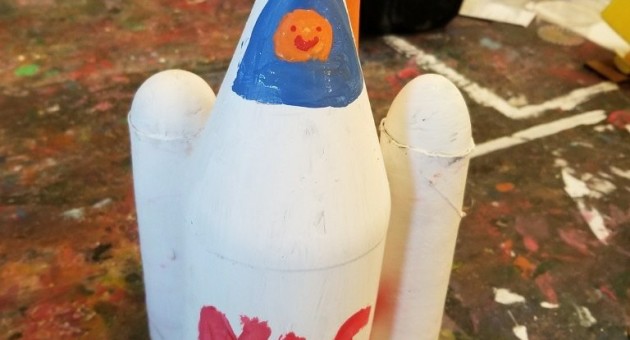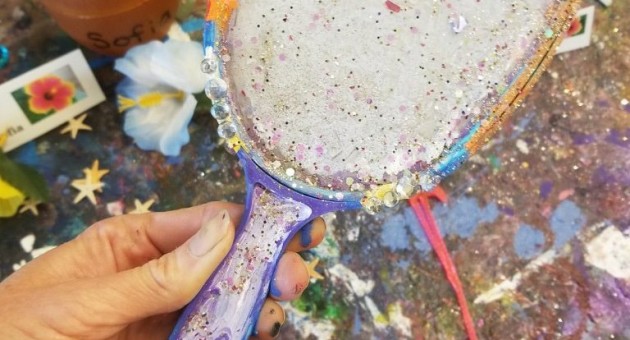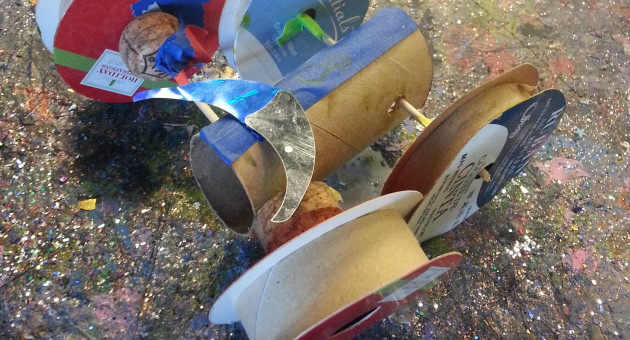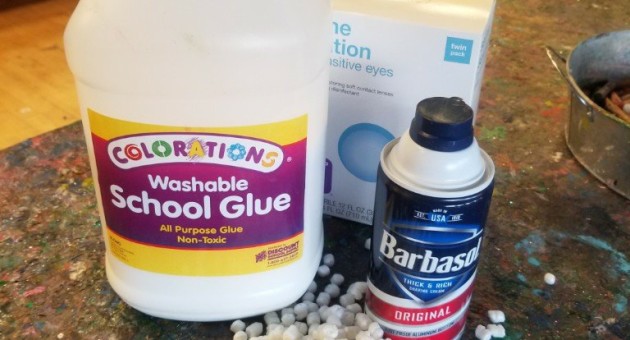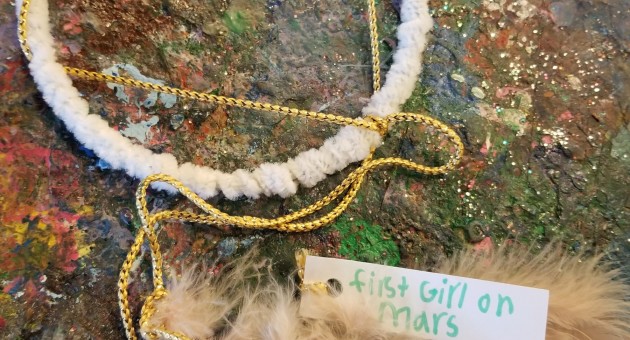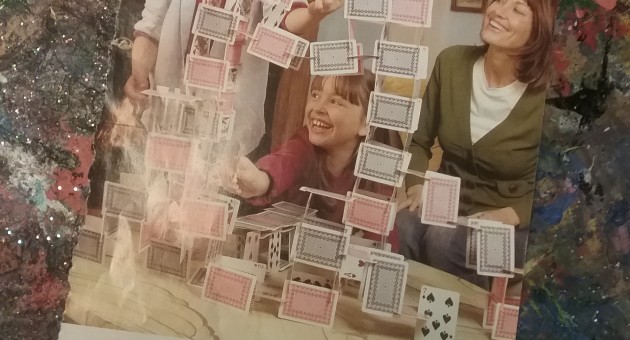To Tinker is to build life skills for all ages but here I am focused on fostering the tinker mindset with kids.
I believe, along with a larger Tinkering movement, that kids need to tinker around, or in my language to create to connect with themselves, be in their thoughts, try our the ideas that come to mind. It’s how they connect concepts naturally and willingly trouble shoot trouble issues because they are interested in what they are doing.
Gever Tulley, founder of Tinkering School in San Francisco describes tinkering in his Ted Talk in a manner that matches my theory on the importance of these kinds hands-on experiences kids NEED to be having. He provides hammers and other tools among other things to set a tinkering tone while we use recycled materials and lots of glue but our concepts match – the goal is to make stuff.
There are three simple ways you can help create tinkering time for your kids at home:
1) Time– allow some down time, a session in the day where your kids can be present without the distraction of devices or the anticipation of what’s on thier schedule.
2) Stuff– Keep a container of recycled stuff in an assessable place that the kids can help themselves to. This container lots of packaging odds and ends like, cereal and cracker boxes, egg cartons, twist ties, packing boxes, plastic fruit containers. You name it. See our donation list for inspiration.
3) Tools– These are what you need to alter and attach things. Attaching things is the real fun of tinkering time. Keep pens and pencils, scissors, tape, staplers, paper clips, twist ties, or pipe cleaners and ribbon or yarn. *Glue and hot glue are fun attachers but can lead to more mess than you may want at home so for this kind of tinkering I’ve left them out, additionally, *save hammers and screwdrivers for bigger jobs that include wood, metal or harder plastics.
These three ingredients add a healthy, free form, hands-on element to your child’s day. Think of it as exercise for their creativity muscle, the one I call a thinking muscle in your brain. They’ll be happier for the time to be in their own curious zone and better equipped to manage their kid responsibilities too.
* Safety and respect are always key. Talk to your kids about how to be safe with the tools they use in their tinkering space and what clean-up you expect them to do at the end of their session.
